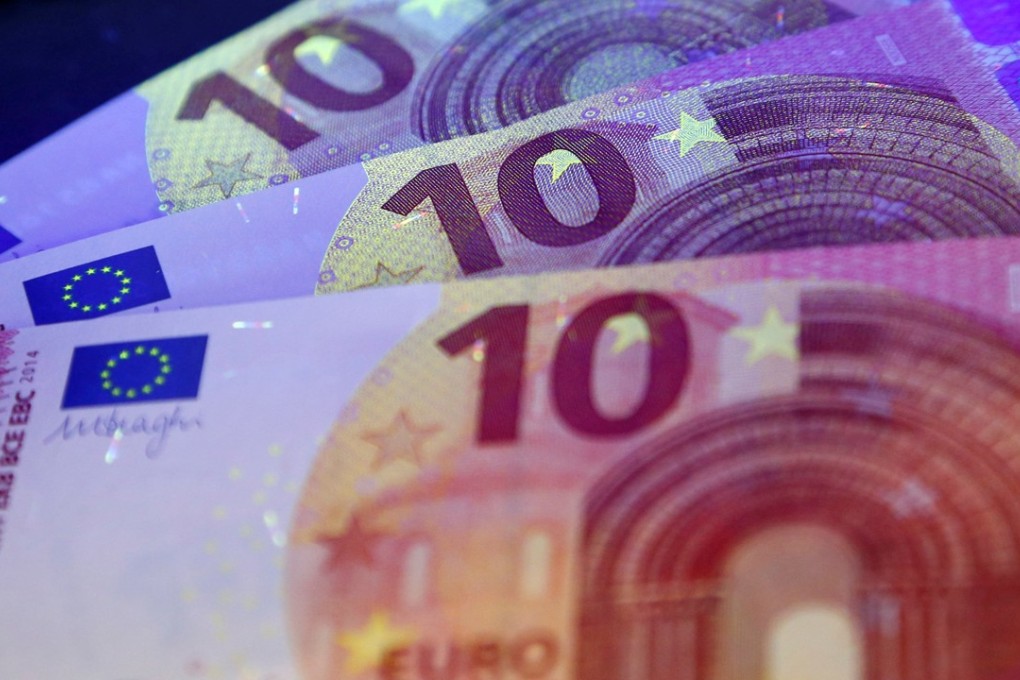Macroscope | Investors beware: Eurozone not half as resilient as financial markets suggest
The past few weeks have not been kind to Europe’s single currency area

On September 24, German chancellor Angela Merkel, long seen as a pillar of stability in a world shaken by Britain’s exit from the European Union and the election of Donald Trump as US president, suffered a stinging rebuke when the far-right Alternative for Germany (AfD) party took a million votes from her conservative bloc to win 13 per cent of the vote in the country’s parliamentary election.
While Merkel secured a fourth term as chancellor, recriminations over her party’s extremely poor performance will make it difficult to form an unprecedented three-way coalition government and will force Merkel to take a harder line on financial support to shore up the euro zone.

As if this were not troubling enough, Spain, Europe’s fourth-largest economy, is on the verge of a full-blown political and constitutional crisis after 90m per cent of nearly 2.3m voters in Catalonia (one of the country’s richest regions whose economy is the size of Portugal) voted on Sunday to secede from Spain.
While the referendum was illegal under Spanish law, shocking scenes of violence on the streets threaten to undermine Spain’s already shaky minority government and have unnerved international investors.
On Wednesday, Spanish stocks (in particular Catalan banks) and bonds came under renewed strain after suffering losses earlier in the week. Two of the world’s largest credit rating agencies have warned that the escalation in tensions between Madrid and Barcelona could dampen growth in Spain and the rest of the euro zone.
